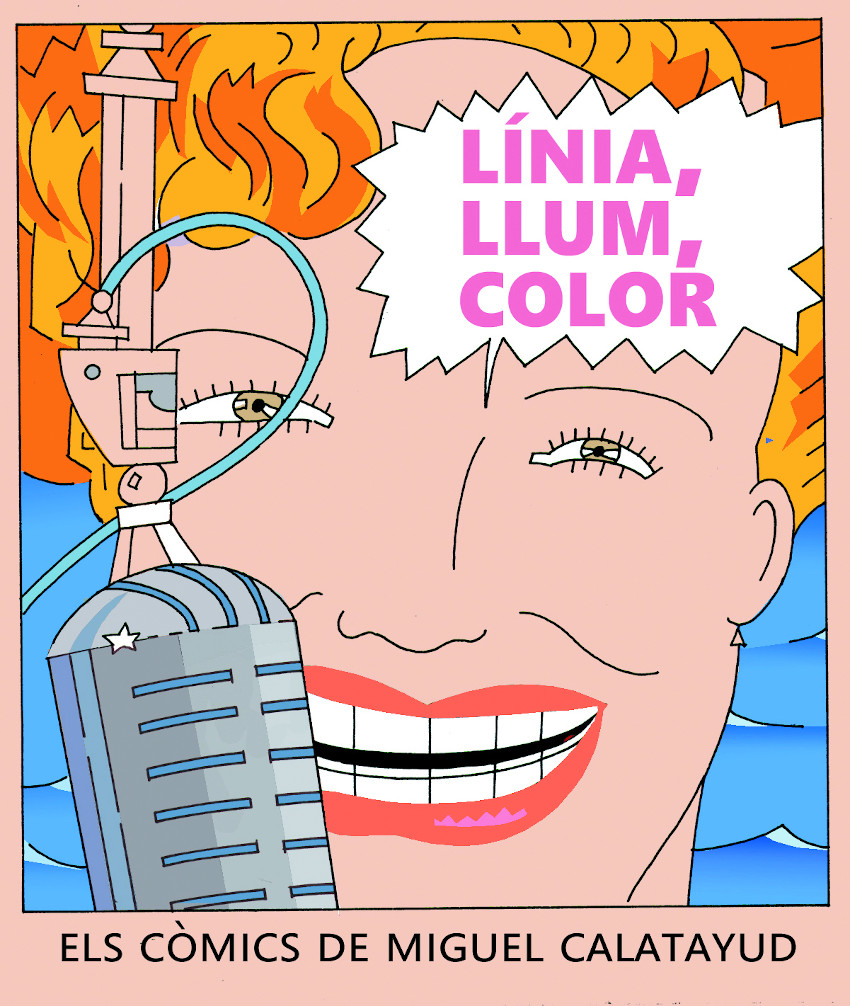
The exhibition Línia, llum, color contextualises the comic work of Miguel Calatayud (Aspe, 1942), an illustrator and cartoonist who has been a pioneer in Spanish comics. His inaugural works, which were published in the magazine Trinca in the early 1970s, synthesised pop art discourse and European modernity. These works broke with the established forms and traditions, exploring new narrative possibilities through line and colour.
Peter Petrake and Los doce trabajos de Hércules served as an inspiration for a generation of young artists who revitalised Spanish comics. Calatayud himself continued to explore new avenues in works such as La pista atlántica and El proyecto Cíclope, where the delineated line assumed a significant role, reflecting an appreciation for the Mediterranean. In Conquistadores en Yucatán: la desaparición de Gonzalo Guerrero, he demonstrated that colour can act as a protagonist in its own right, occupying a position of equal importance to that of any other character. His work is characterised by a constant renewal, which has enabled him to combine an ongoing search for aesthetic and narrative innovations with a profound respect and knowledge of Valencian tradition, evident in both his illustrations and storytelling. This is exemplified in El pie frito, which won the prize for best work at the Barcelona Comic Fair in 1998.
This exhibition presents works by Calatayud with the aim of elucidating the creative process behind them and, consequently, the significance and purpose of the artistic elements that characterise his works. It also seeks to demonstrate the importance and potential of his work, as well as the influences that have shaped it.
The exhibition is organised into four areas:
1. Influences
This area displays a series of original works from the early stages of Calatayud’s career, along with sketches and insights into his creative process, as well as the influences that have shaped his comics. From noir fiction to Busby Berkeley’s musical cinema, from classical Hellenic illustration to Heinz Edelmann’s pop, the artist’s works demonstrate an expression of love and respect for popular culture.
2. Lines
Lines and typography, which are crucial for grasping the conceptualisation of the aesthetic principles underlying Calatayud’s drawings, play a significant role in his work.
3. Valencian tradition
An understanding of Calatayud’s work is incomplete without consideration of his connections to València, the Mediterranean, and its artistic heritage, as well as the social context form which he emerges. Calatayud’s works include references to aucas and socarrats.Furthermore, he has also created comics about contemporary events, which were published in Cartelera Turia.
4. Colour
This area is devoted to the study of colour composition and narrative, including the construction of chromatic palettes, discursive effects, etc.











